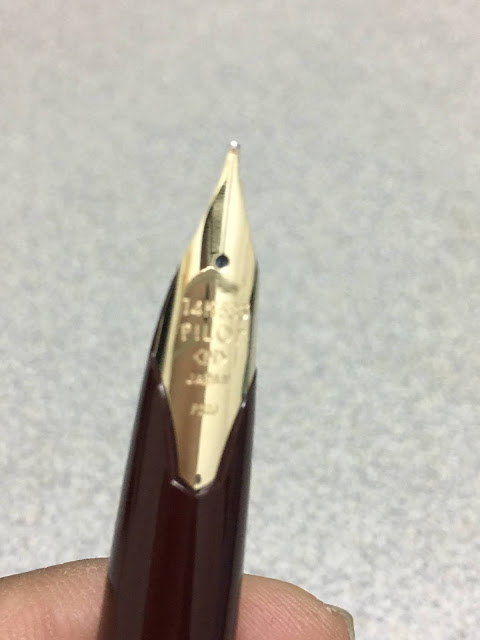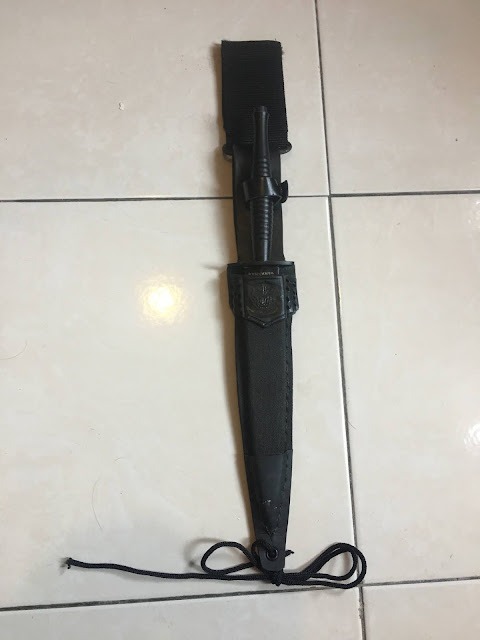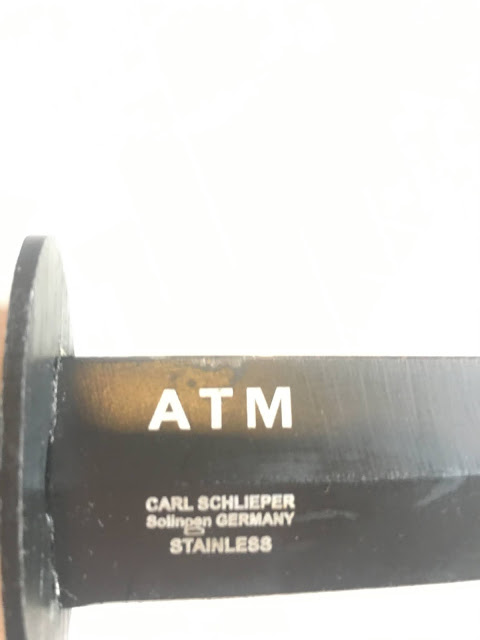This is a long overdue gift for my lovely wife. When I started on my fountain pen journey, I started with Faber - Castell WRITink black fountain pen and pink ink purchased from their outlet in Sunway Pyramid. It was a nice, simple and elegant starter fountain pen.
In time when my collection expended, my daughter and son wanted their own fountain pen. So I got them their own, however, my wife was left out as she found it complicated and cumbersome to write, refill and maintain a fountain pen.
She preferred a normal pen. Mush for simpler to use with no sweet spots.
To get her started on her journey and not left out, I got her this Pilot E95S. I have been eying this pen for a long time. It was not available in Malaysia at time and most online sellers were charging a lot excluding shipping cost to Malaysia.
I found the nib of this pen mesmerizing which was what drew me to this pen. It was utterly unique and the color combination of pearl ivory and burgundy made the pen stand out.
Figboot on pens, goulet pen company and many others were singing praise for it, making it even more desirable to me.
One fine day, I had noticed that Pengallery has advertised their latest acumen and they had a pen which looked a lot like the E95S. Upon checking their website, I had realized that it was indeed the pen I wanted.
Unfortunately, my wife still has not used this fountain pen due to her preference towards ballpoint pens. Who knows, in due time she may.
This pen truly stands out due to the color combination, exposed nib and petite size.
This would be my first Pilot pen purchased. 14K gold nib. It has a vintage astatic look and charm. Written on the nib Pilot (M) Japan. M standing for medium size nib. Sorry not my best picture


















